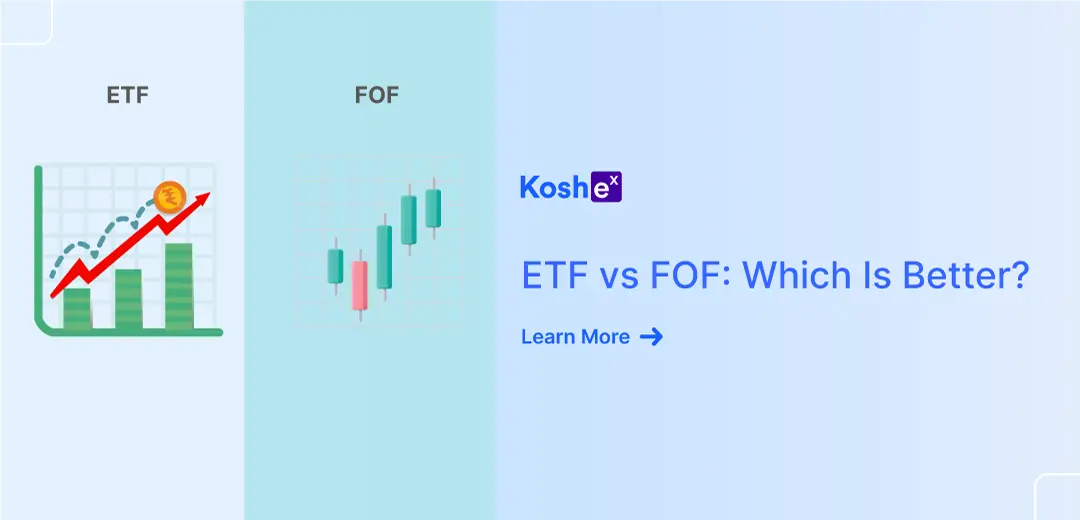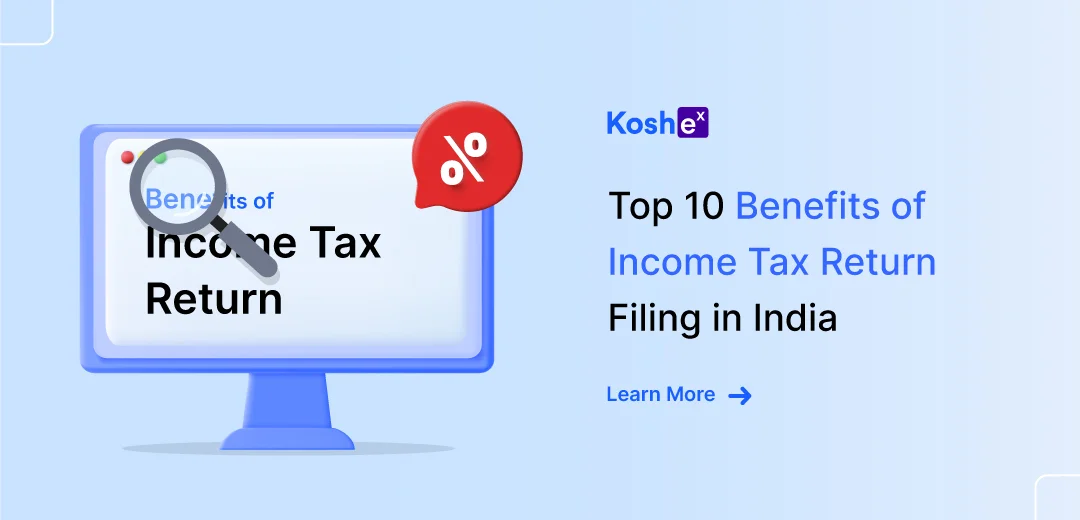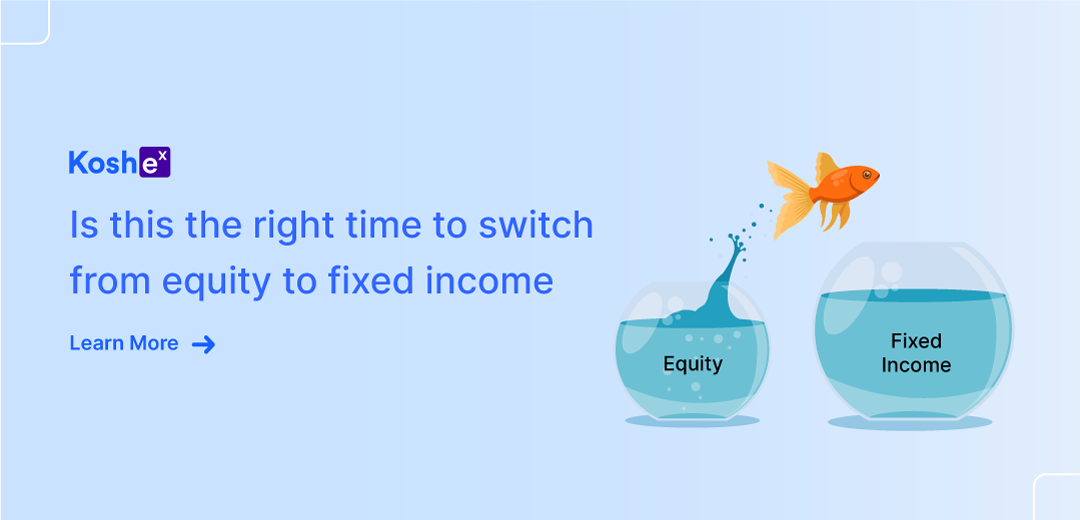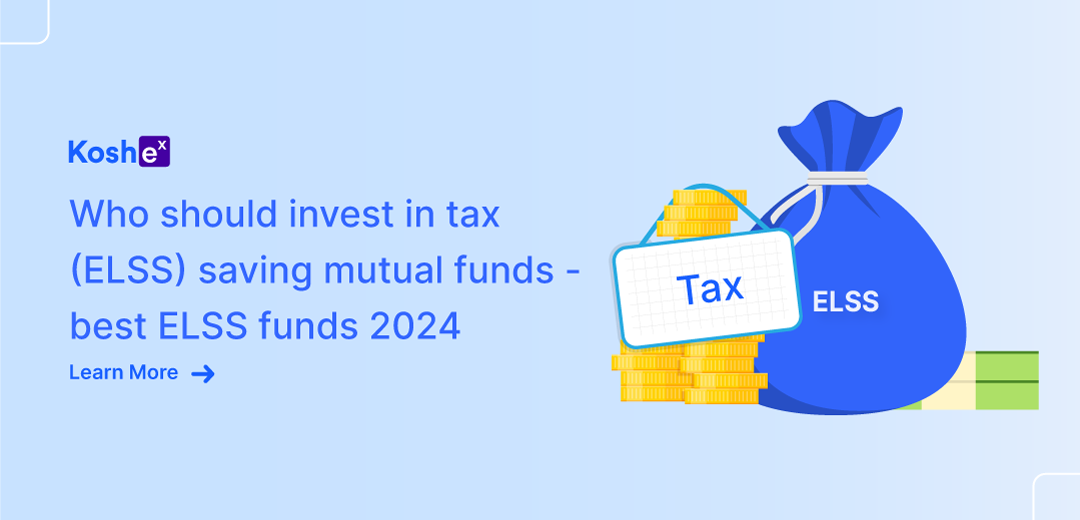The ETF vs FOF, ETF (Exchange-Traded Fund), and FOF (Fund of Funds) emerge as attractive options as the financial landscape broadens.
We set out on a trip to sort out the complexity surrounding these two investing avenues in this examination. We want to enlighten investors looking for clarity in the ETF vs. FOF debate by analysing their characteristics and advantages.
Investing in today’s financial markets is filled with endless possibilities. However, navigating through the investment vehicles can be a daunting task. Among the many options available, Exchange-Traded Funds (ETFs) and Fund of Funds (FOFs) have emerged as popular choices, capturing the attention of investors worldwide.
In this article, we aim to shed light on the key differences between ETFs and FOFs, empowering you to make an informed decision that aligns with your unique investment goals.
ETFs are investment funds traded on stock exchanges. They function by mirroring the performance of a specific index or a basket of assets. ETFs offer diversification, similar to mutual funds, but with added benefits such as intraday liquidity and lower expense ratios.
On the other hand, FOFs pool money from multiple investors to create a diversified portfolio of other mutual funds or hedge funds. These funds provide access to a broader range of investment strategies and asset classes, allowing investors to tap into specialized expertise.
If you are ready to embark on your investment journey. Sign up with Koshex and explore the world of ETFs and FOFs.
Understanding Exchange-Traded Funds (ETFs)
Exchange-Traded Funds (ETFs) are investment funds traded on stock exchanges that mirror the performance of a specific index or a basket of assets. They provide investors with diversification and liquidity, similar to stocks. ETFs can cover various asset classes such as stocks, bonds, commodities, and even alternative investments.
ETFs combine the best of both worlds, blending the features of stocks and mutual funds. You can buy and sell ETF shares on the stock exchange throughout the trading day, just like individual stocks.
Exploring Fund of Funds (FoFs)
Fund of Funds (FOFs) are investment vehicles that pool money from multiple investors to invest in a diversified portfolio of other mutual funds or hedge funds. FOFs offer investors access to a wide range of investment strategies and asset classes.
By investing in a FOF, you are investing in a well-curated portfolio of funds, spreading your risk across different investment strategies and asset classes. Like any investment, it comes with fees and expenses. You should carefully evaluate these costs to ensure they align with your investment goals and the potential returns you expect.
ETFs Vs FOFs Cost Considerations
When comparing ETFs and FOFs, it is crucial to evaluate the associated costs. Generally, ETFs tend to have lower expense ratios due to their passive investment approach, while FOFs may have higher expense ratios due to the added layer of management fees.
ETFs, with their lower expense ratios, are more appealing to investors seeking broad market exposure at a lower cost. On the other hand, FOFs, despite their higher expense ratios, could be a viable option for those seeking access to specialized funds or a diversified range of investment strategies.
Transparency of the Investment options
ETFs offer high levels of transparency as their holdings are disclosed daily, allowing investors to track the underlying assets easily. On the other hand, FOFs have less transparency, as the individual funds within the FOF do not disclose their holdings as frequently.
Transparency allows investors to make informed decisions based on up-to-date information. It provides a sense of control and reassurance, enabling investors to evaluate the risks and opportunities associated with their investments. By having a clear line of sight into the underlying assets, investors can assess the diversification, sector exposure, and overall performance of their chosen investment vehicle.
Flexibility
ETFs boast an agile nature, offering investors the flexibility to buy and sell shares throughout the trading day, similar to individual stocks. Intraday investing grants investors the freedom to seize opportunities or adjust their positions as market conditions evolve.
FOFs, while not as intraday tradable as ETFs, still offer a degree of flexibility. Investors have the option to enter or exit FOFs at the end of the trading day, providing a reasonable level of flexibility for most investment strategies.
Trading and Liquidity
ETFs can be bought and sold throughout the trading day, similar to individual stocks, providing investors with intraday liquidity. FOFs, however, are priced once a day at the end of the trading day, making them less flexible in terms of buying or selling at a specific time.
When considering trading and liquidity, it is important to assess your investment objectives and time horizons. If you value the ability to act quickly and adjust your positions throughout the trading day, ETFs offer the agility you seek.
Conversely, if your investment strategy aligns with the end-of-day pricing and you prioritize the diversification benefits provided by FOFs, the slight delay in trading liquidity may not pose a significant hurdle.
Diversification
Both ETFs and FOFs offer diversification benefits. ETFs achieve diversification by tracking an index or a specific sector, providing exposure to multiple securities. FOFs achieve diversification by investing in a portfolio of different funds, spreading the risk across various investment strategies.
It is important to note that while both ETFs and FOFs offer diversification benefits, the degree of diversification can vary. The specific ETF or FOF you choose will determine the breadth and depth of the diversification achieved. Additionally, your own risk tolerance and investment goals should guide your decision-making process.
Exchange-Traded Funds VS Fund of Funds Tax Efficiency
ETFs are known for their tax efficiency because of their in-kind creation and redemption processes, which help minimize capital gains distributions. FOFs, on the other hand, generate capital gains taxes if the underlying funds within the FOFs experience high turnover.
To make the most tax-efficient decision, assess your tax situation and investment goals. If you are seeking an investment option that aims to minimize capital gains distributions, ETFs are the investment opportunity you are looking for. On the other hand, if you value diversification and professional management, consider investing in a Fund of Funds (FOF).
ETFs Vs FOFs Final Thoughts
In the vast world of investment options, Exchange Traded Funds (ETFs) and Fund of Funds (FOFs) have emerged as popular choices, each offering its own set of advantages. Understanding the key differences between these two vehicles is crucial in making an informed decision that aligns with your unique investment goals.
ETFs provide investors with diversification and liquidity, mirroring the performance of specific indexes or asset baskets. With lower expense ratios and the ability to trade throughout the day, ETFs offer accessibility and flexibility to individual investors.
FOFs, on the other hand, pool money from multiple investors to create diversified portfolios of other mutual funds or hedge funds. By tapping into specialized expertise and a range of investment strategies, FOFs offer access to broader investment opportunities.
When considering ETFs and FOFs, factors such as cost, transparency, flexibility, trading liquidity, tax efficiency, and diversification should be carefully evaluated. Each investor’s preferences and goals will determine the optimal choice.
To embark on your investment journey and explore the world of ETFs and FOFs, sign up with Koshex, a platform designed to help customers create and grow wealth through hyper-personalized recommendations and seamless transactions.
FAQs
Q1. Can I trade ETFs and FOFs directly?
Ans. No, ETFs can be traded directly by individual investors through brokerage accounts, while FOFs are typically available through financial advisors or wealth management platforms.
Q2. How do ETFs and FOFs achieve diversification?
Ans. ETFs achieve diversification by tracking indexes or sectors, providing exposure to multiple securities. FOFs achieve diversification by investing in a portfolio of different funds, spreading the risk across various investment strategies and asset classes.









Leave a Comment